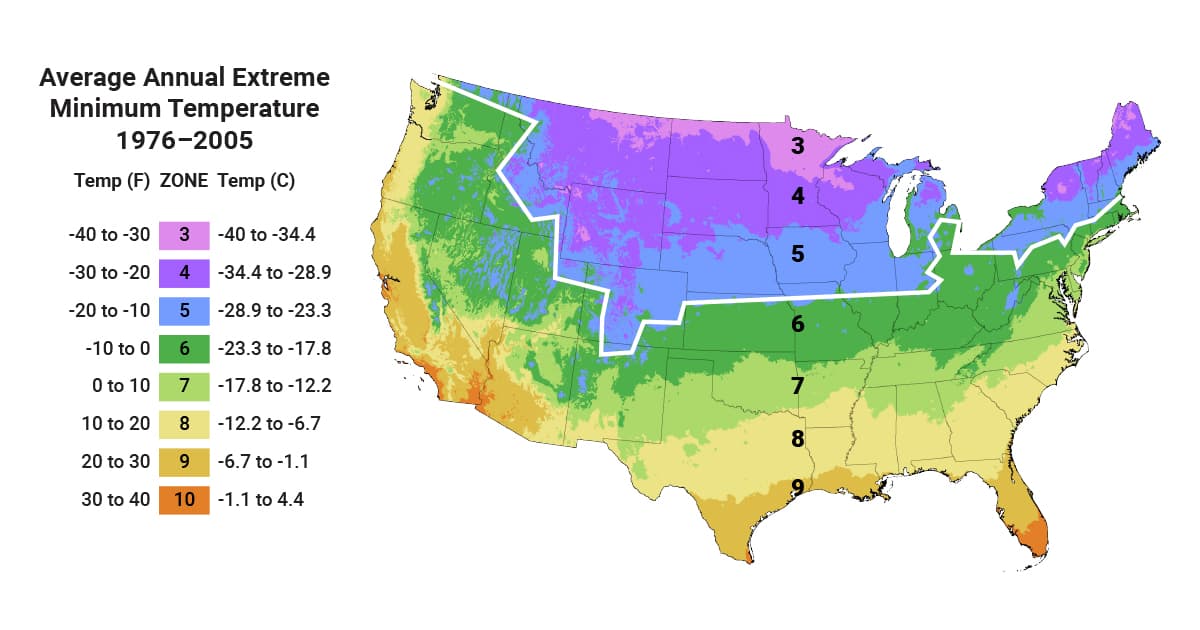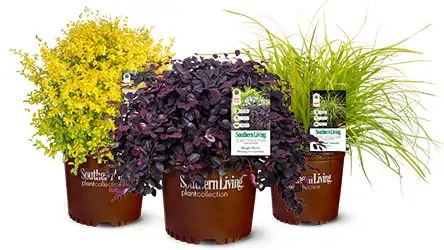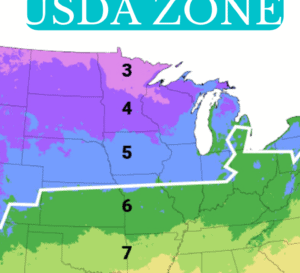The USDA divides the United States, including Puerto Rico, into 13 regions, or Plant Hardiness Zones. These zones are defined by an area’s average low temperature and are separated by a difference of 10 degrees Fahrenheit. Zone 1 is the coldest region with an average low temperature of -60 degrees Fahrenheit and zone 13 is the warmest region with an average low temperature of +60 degrees Fahrenheit. These zones can be further divided into “a” and “b” with a difference of 5 degrees Fahrenheit.
What Is My USDA Zone?
Understanding USDA Hardiness
The USDA Hardiness Zones are divided according to average low temperatures since they represent the minimum winter temperatures a plant variety can withstand to survive. For example, one of the Southern Living Plant Collection’s most popular shrub varieties is the Purple Pixie® Loropetalum and it thrives in USDA plant hardiness zones 7 – 10. This means that it is most hardy in temperatures that do not drop below 0 degrees Fahrenheit.
Though the USDA Hardiness Zones provide reasonable guidelines when selecting plants for your area, it’s good to remember that they are only guidelines. There are always exceptions and other factors to consider if you really want to grow a plant variety just outside your zone.
When to Add Winter Protection
A plant that is hardy in zone 8 – 10 probably will not survive a zone 6 winter since there is a 20 degree average low difference, but you may find success growing a zone 8 – 10 plant in zone 7, or a zone 7 plant in zone 6.
If you’re growing a plant variety in a slightly colder region than recommended (or even if your region is experiencing colder than usual temperatures) plan to use extra winter protection by adjusting the watering schedule, spreading additional mulch, and covering the plant with breathable material. See How to Protect Your Shrubs this Winter for more information.
Overwintering Inside
You can also grow plants in containers and bring them indoors for winter. When grown under the right conditions, tender plants can return year after year as perennials. For example, if you are growing Safari Sunrise Aloe in zones 8 – 10, there is a good possibility the plant will return in summer as long as the temperature doesn’t go below 30 degrees in winter.
Test it out by planting one of our Safari Sunrise Aloe in a container and bringing it indoors for winter. Place the container near a light source, e.g., a window or lamp, but make sure it doesn’t get chilly!
Finally, a perfect solution for growing plant varieties outside your zone is identifying and/or creating microclimates. What is a microclimate?
Look Up Your USDA Zone and Start Gardening!







